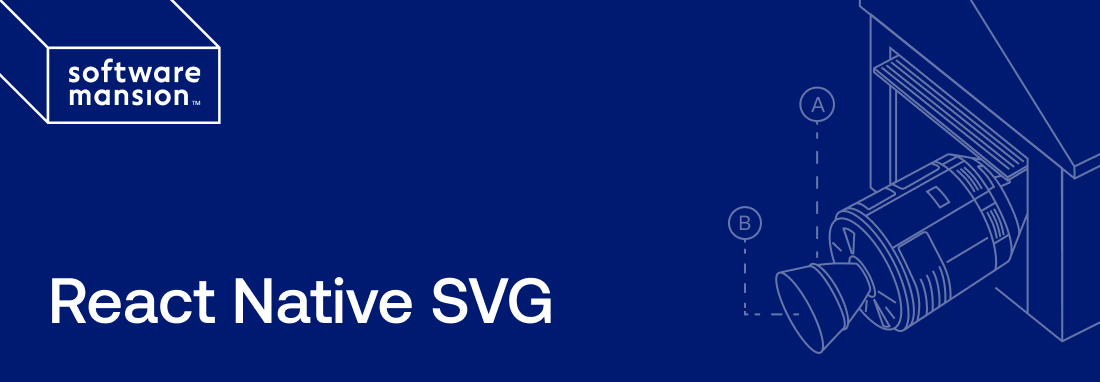react-native-svg provides SVG support to React Native on iOS, Android, macOS, Windows, and a compatibility layer for the web.
- Supports most SVG elements and properties (Rect, Circle, Line, Polyline, Polygon, G ...).
- Easy to convert SVG code to react-native-svg.
✅ The Expo client app comes with the native code installed!
Install the JavaScript with:
npx expo install react-native-svg📚 See the Expo docs for more info or jump ahead to Usage.
-
Install library
from npm
npm install react-native-svg
from yarn
yarn add react-native-svg
-
Link native code
cd ios && pod install
| react-native-svg | react-native |
|---|---|
| 3.2.0 | 0.29 |
| 4.2.0 | 0.32 |
| 4.3.0 | 0.33 |
| 4.4.0 | 0.38 |
| 4.5.0 | 0.40 |
| 5.1.8 | 0.44 |
| 5.2.0 | 0.45 |
| 5.3.0 | 0.46 |
| 5.4.1 | 0.47 |
| 5.5.1 | >=0.50 |
| >=6 | >=0.50 |
| >=7 | >=0.57.4 |
| >=8 | >=0.57.4 |
| >=9 | >=0.57.4 |
| >=12.3.0 | >=0.64.0 |
| >=15.0.0 | >=0.70.0 |
Fabric is React Native's new rendering system. As of version 13.0.0 of this project, Fabric is supported only for react-native 0.69.0+. Support for earlier versions is not possible due to breaking changes in configuration.
| react-native-svg | react-native |
|---|---|
| >=13.0.0 | 0.69.0+ |
| >=13.6.0 | 0.70.0+ |
| >=13.10.0 | 0.72.0+ |
If you have unexpected behavior, please create a clean project with the latest versions of react-native and react-native-svg
react-native init CleanProject
cd CleanProject/
yarn add react-native-svg
cd ios && pod install && cd ..Make a reproduction of the problem in App.js
react-native run-ios
react-native run-androidnpx react-native-windows-init --overwritereact-native run-windows
Verify that it is still an issue with the latest version as specified in the previous step. If so, open a new issue, include the entire App.js file, specify what platforms you've tested, and the results of running this command:
react-native infoIf you suspect that you've found a spec conformance bug, then you can test using your component in a react-native-web project by forking this codesandbox, to see how different browsers render the same content: https://codesandbox.io/s/pypn6mn3y7 If any evergreen browser with significant userbase or other svg user agent renders some svg content better, or supports more of the svg and related specs, please open an issue asap.
To check how to use the library, see USAGE.md
- Unable to apply focus point of RadialGradient on Android.
Since 2012 Software Mansion is a software agency with experience in building web and mobile apps. We are Core React Native Contributors and experts in dealing with all kinds of React Native issues. We can help you build your next dream product – Hire us.









